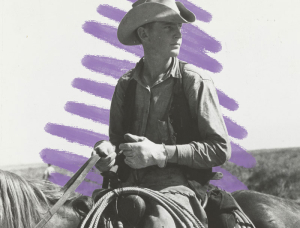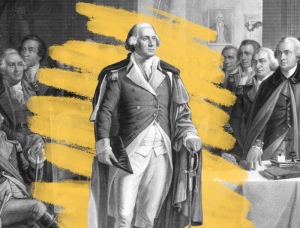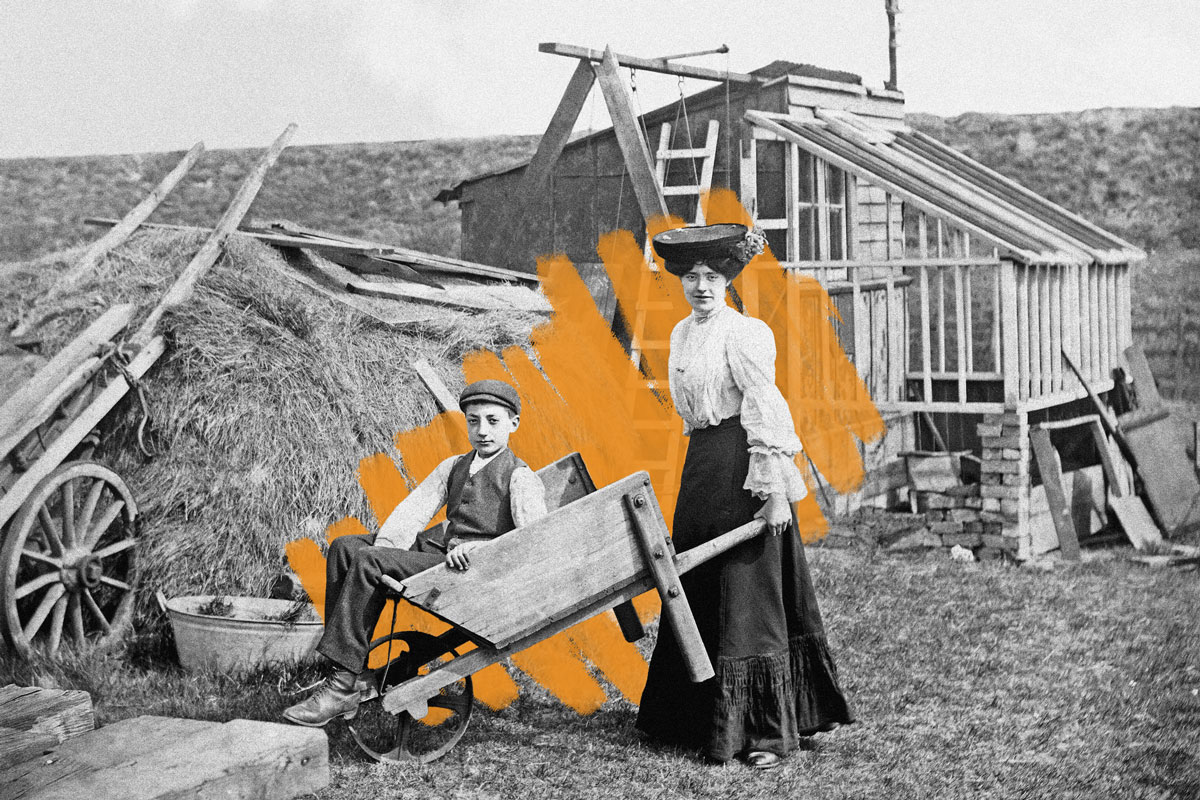There was a ‘wheelbarrow craze’ in the 19th century.
The first thing you need to know in order to understand Victorian England’s “wheelbarrow craze” is that pedestrianism, or competitive walking, was all the rage in the U.S. and U.K. in the late 19th century. The sport produced some of the first celebrity athletes, complete with collectible cards and brand endorsements.
Amid this trend, a Scottish former circus performer named Bob Carlisle saw the potential to make a name for himself after seeing an American walking celebrity who was doing a tour of Britain. In 1879, Carlisle announced he’d be walking from Land’s End in Cornwall to John O’Groats in northern Scotland and back, a journey of more than 1,600 miles. But the former tiger tamer wasn’t content to win on walking alone, and decided to push a wheelbarrow the entire way — a stunt that garnered large crowds and plenty of press attention on the way.
Copycats started to appear during his journey, including an 8-year-old and an 11-year-old walking little wheelbarrows about 13 miles from Newcastle to Sunderland in England. The papers started calling it a “wheelbarrow craze” in the autumn of 1886, when two competing wheelbarrowists named James Gordon and Sawdust Jack started racing to London. Gordon had the longer journey from Dundee, Scotland, but Sawdust Jack departed from Newcastle with a heavier wheelbarrow and a much later start. Only Gordon actually finished, but the crowds went so wild upon his return to Dundee that they smashed his wheelbarrow and nearly killed him. (Carlisle, who was at sea at the time, missed the whole thing.)
The race for long-distance wheelbarrowing fame and fortune drew all kinds of people, including a singer hoping to pick up gigs along the way, a one-armed man with an adapted wheelbarrow, a miner with a 336-pound load, and a woman pushing not a wheelbarrow, but her 8-month-old infant in a perambulator. Alas, as with most fads, the public eventually lost interest, and crowds started dwindling during the summer of 1887.







